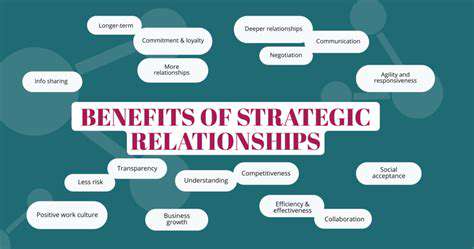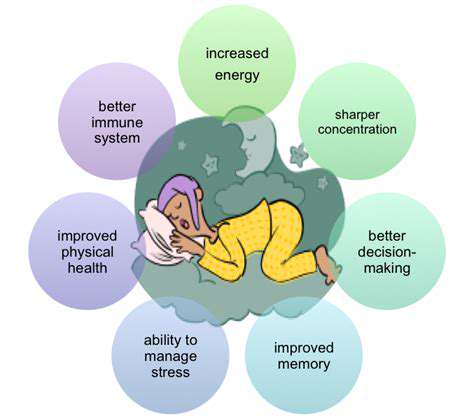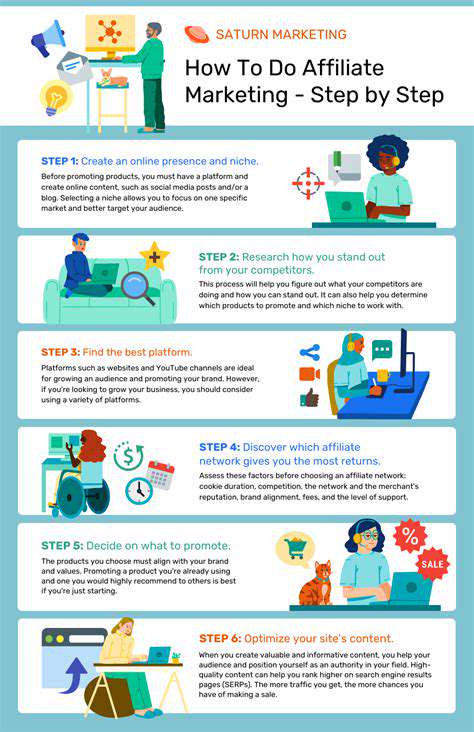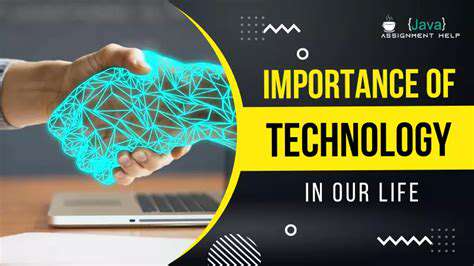How to Build Your Personal Brand for Career Success
Highlighting Your Expertise and Experience
Numbers tell compelling stories. Instead of managed social media, try grew LinkedIn following from 200 to 5,000 in 6 months through targeted content strategy. See the difference? Quantifiable achievements act like proof points in your personal narrative. Dig through old performance reviews for measurable wins you've forgotten.
Create a brag document—a running list of every compliment, metric improvement, and successful project. Update it monthly. When it's time to articulate your value, you'll have concrete examples at your fingertips.
Crafting a Compelling Narrative
Your career story isn't a straight line—it's a series of turning points. Maybe a failed project taught you resilience, or volunteering uncovered hidden skills. These authentic moments of growth make your journey relatable and memorable. Practice telling your story to friends outside your industry. If they can summarize your unique value after hearing it, you've nailed it.
Structure your narrative like this: Challenge → Action → Transformation. For example: When our client retention dropped 20% (challenge), I implemented a new feedback system (action), uncovering unexpected pain points that led to a 35% rebound (transformation).
Communicating Your Value Proposition Effectively
Your elevator pitch should adapt like a chameleon—shorter for networking events, more detailed for interviews. Record yourself saying it aloud. Does it sound like you're reciting a script or having a conversation? The best value propositions feel natural and spark follow-up questions.
Create a message map: Central value statement in the middle, with three supporting pillars branching out (e.g., Bridge between tech and business supported by Technical fluency, Stakeholder translation, and ROI focus). This ensures consistency across platforms while allowing flexibility.
Building Relationships and Networking Strategically

Building Trust and Rapport
Real connections start with curiosity. Before meetings, research the person's recent work—maybe they published an article or spoke at a conference. Reference specific details to show genuine interest, not just polite small talk. Notice their communication style too—do they prefer data or stories? Mirroring this builds subconscious rapport.
The 2:1 listening ratio works wonders—listen twice as much as you speak. When you do respond, paraphrase their points before adding yours (So your main challenge is X... That reminds me of when I...). This validation makes people feel heard.
Expanding Your Network
Quality beats quantity every time. Instead of collecting hundreds of LinkedIn connections, focus on 5-10 meaningful conversations per quarter. Look for connector types—people who naturally introduce others. One introduction to the right person can change your trajectory.
Try the give first approach. Before asking for anything, offer something valuable—an industry report, a relevant contact, or feedback on their project. This goodwill creates reciprocity and sets the stage for authentic relationships.
Nurturing Existing Relationships
Set calendar reminders for follow-ups. After meeting someone new, note personal details (their kid's soccer tournament, an upcoming vacation) to reference later. A simple How did Julie's recital go? six months later shows remarkable recall. Use tools like Contactually to track these touchpoints.
The 5-minute favor rule works wonders—if someone asks for help and it takes less than five minutes, do it immediately. These small acts compound into strong professional goodwill over time.
Leveraging Technology for Connections
Turn LinkedIn into a relationship engine. When someone gets promoted, comment with specific praise about their journey. Share their content with added insights—this gets you on their radar better than generic Great post! replies. Tools like Crystal Knows analyze personalities to suggest optimal communication styles.
For virtual coffee chats, try Remotion—it randomly pairs you with colleagues for quick video calls. These serendipitous connections often yield unexpected opportunities.
Spotting issues early transforms how we solve them. When teams identify potential roadblocks during weekly standups rather than quarterly reviews, they can implement fixes before small glitches become system-wide failures. This proactive stance preserves resources and maintains service continuity far more effectively than damage control after the fact.

Maintaining a Professional Image and Reputation
Understanding the Importance of Professionalism
Your professional reputation is like a shadow—it follows you everywhere. People will forget what you said, but they'll remember how you made them feel during stressful moments. That time you stayed calm during a server outage? That's your brand now. Document these defining moments—they're the foundation of your professional narrative.
Conduct a personal brand audit every six months. Google yourself, check tagged photos, review old social posts. Would the current you hire the online you? This regular hygiene prevents reputation surprises.
Crafting a Consistent Online Presence
Your LinkedIn headline shouldn't just state your job title—it should promise value. Compare Marketing Manager with Helping SaaS companies convert 20% more leads through data-driven campaigns. Which one makes potential collaborators lean in? Apply this value-focused language across all profiles.
Create a personal style guide for online communication—your preferred tone (professional yet approachable), go-to emojis (👍 not 😂), and signature elements (maybe you always end posts with a question). This consistency builds recognition.
Developing Strong Communication Skills
The 30-second email rule: If it takes longer to write, pick up the phone. For important messages, draft then wait 20 minutes before sending—you'll catch 80% of tone issues. In presentations, replace I think with Data shows—it subtly boosts authority.
Record video rehearsals of important talks. Watch for distracting mannerisms (overused filler words, pacing). One executive eliminated her ums by placing a marble in her shoe—the slight discomfort kept her speech crisp.
Demonstrating Integrity and Ethical Conduct
Create a personal ethics checklist for tough decisions. Would you be comfortable explaining this choice to a room of peers? What if it appeared on the front page? That pit in your stomach when considering shortcuts? That's your integrity speaking. Document times you chose principle over profit—these become powerful stories later.
When mistakes happen (and they will), address them with radical transparency. A prompt Here's what went wrong, here's how we're fixing it, here's how we'll prevent recurrence builds more trust than perfection ever could.










